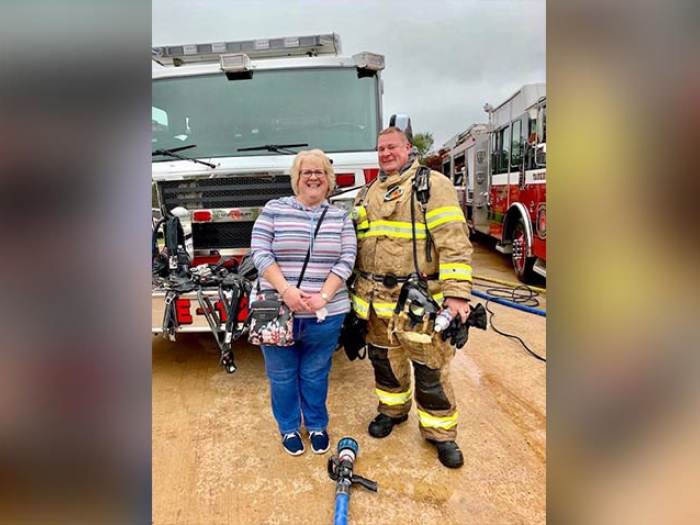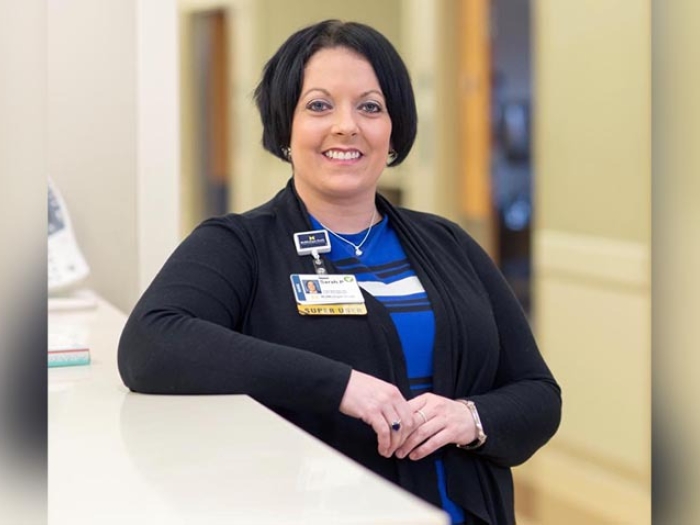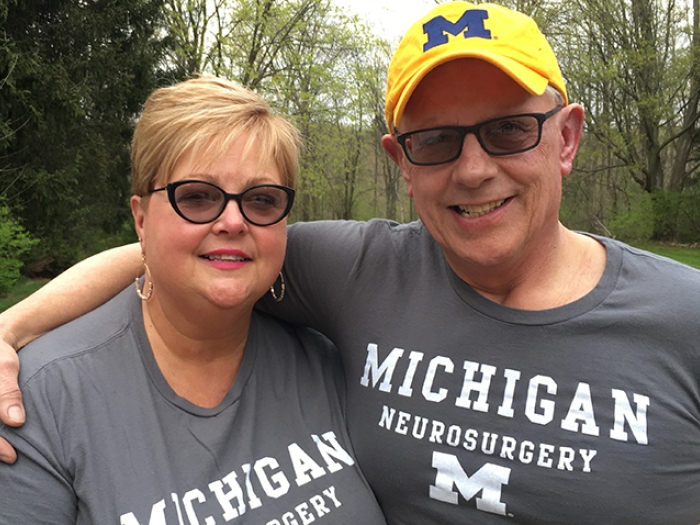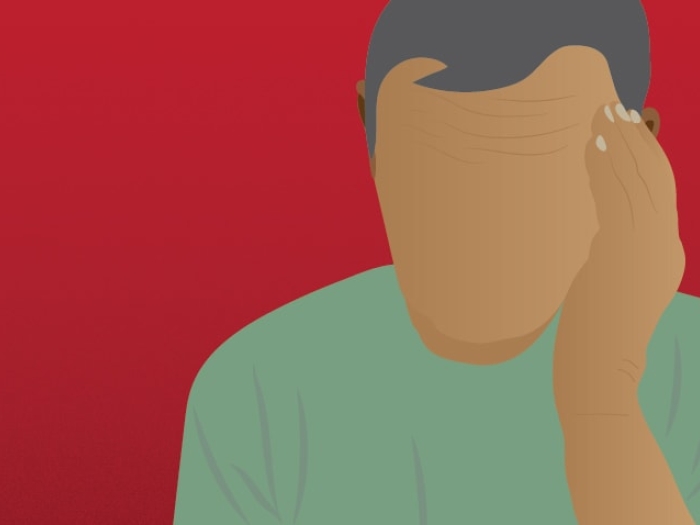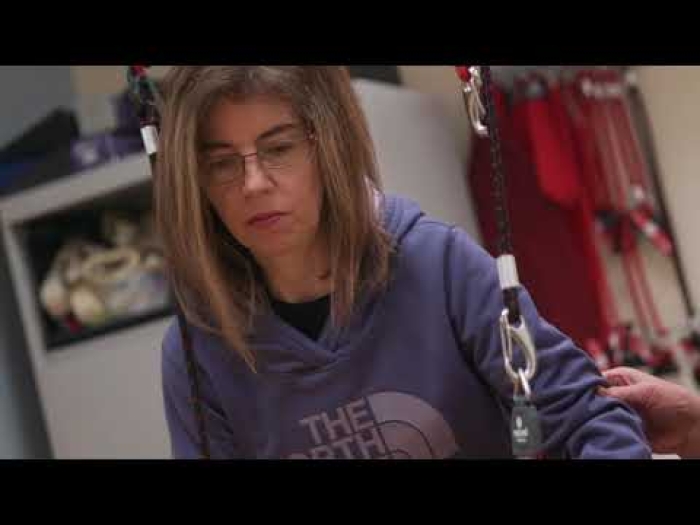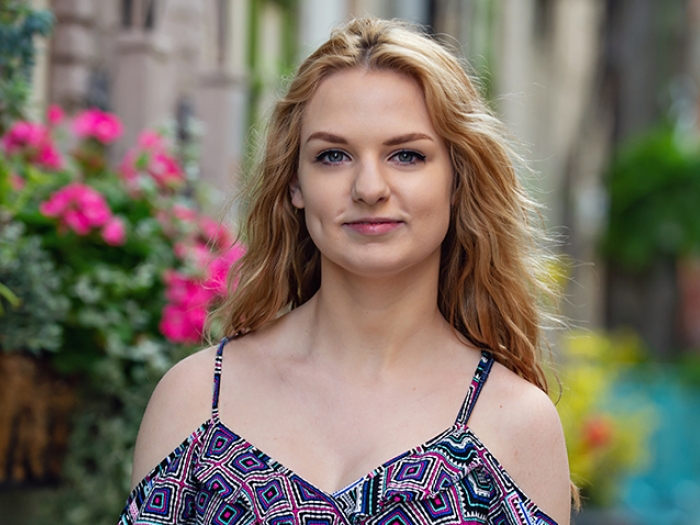A University of Michigan physician talks about the what, when, where and why of rehab after stroke.
7:00 AM
Author |

Every year in the United States, nearly 800,000 people have a stroke, according to the Centers for Disease Control and Prevention. Approximately three-quarters of these cases are first, or new, strokes.
MORE FROM MICHIGAN: Sign up for our weekly newsletter
The fifth-leading cause of death in the United States, stroke is also a major cause of disability in adults.
Although some people and their families might focus only on the immediate treatment following a stroke, they needn't delay a suitable course of rehabilitation.
"Stroke patients will have some natural recovery without rehab, but there is quite a bit of evidence that formal rehabilitation helps patients recover faster and better than they would otherwise," says Edward S. Claflin, M.D., (pictured above with a patient) an assistant professor in physical medicine and rehabilitation at the University of Michigan Medical School.
"Our goal is to help patients achieve their best level of function after a stroke," says Claflin, who also directs U-M's Stroke Rehabilitation Program — which recently achieved certification from the Joint Commission.
He shared important information about various aspects of stroke rehab and what to expect if you or a loved one needs these services.
What are the different levels of stroke rehabilitation?
Claflin: Acute rehabilitation, which often begins shortly after the stroke occurs, is for patients who have significant disabilities and can tolerate an intensive rehab program. The patient is evaluated by a number of rehabilitation providers, such as physicians, a physical therapist, a speech therapist and so on, depending upon needs. The patient typically participates in three to four hours of therapy per day, five days per week, for two to three weeks. This team then develops specific rehab goals and a timeline for transitioning to another rehab setting or back home.
The next level, subacute rehabilitation, is usually provided in community facilities such as nursing homes, which offer one to two hours of therapy per day. These facilities can often keep people for months, and this is typically most appropriate for those who cannot tolerate a more intense rehabilitation program.
If patients are able to return home, a home health program may be best. In these programs, rehabilitation services are provided in the home two to three times per week. If patients are more mobile, they can go to an outpatient rehabilitation program two to three times a week, where they will have the benefit of newer, better equipment than they would have at home.
Patients who are out of the hospital can visit their doctor in clinic to collaboratively develop an individualized rehabilitation program.
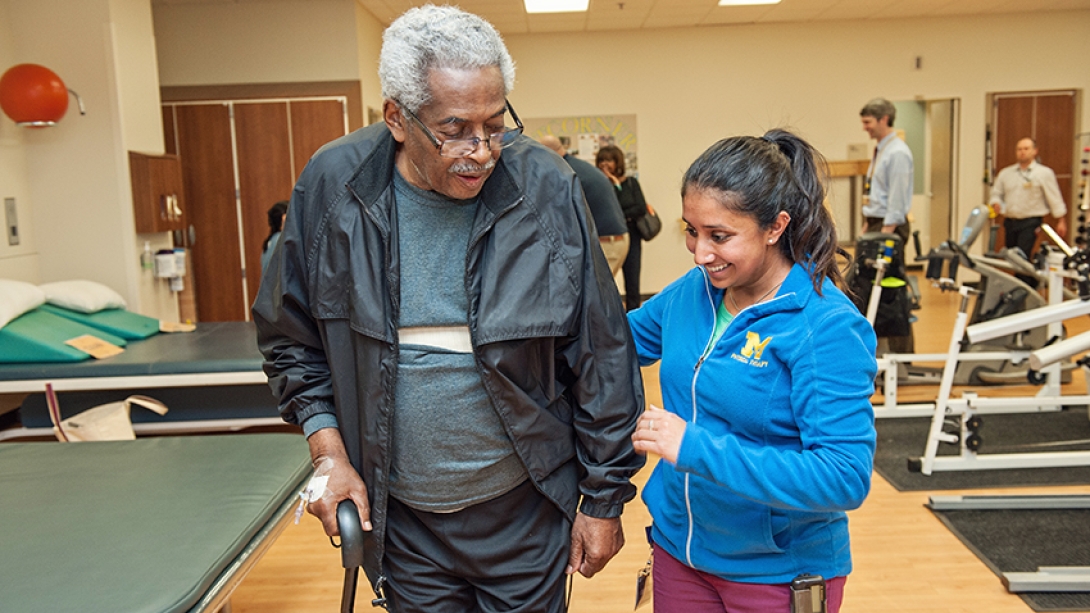
What types of stroke rehabilitation does U-M offer?
Claflin: Acute rehabilitation, home health and outpatient services.
The U-M Acute Stroke Rehabilitation Program includes daily physician visits, occupational therapy (for daily living skills such as dressing, eating and bathing), physical therapy, speech language pathology (for cognition, language skills and swallowing) therapeutic recreation, rehabilitation psychology, rehabilitation engineering, orthotics (for bracing), nutrition and social work services.
Our physicians are also active in traveling to subacute rehab facilities in the region to assist in meeting the needs of those patients, and we have a highly rated outpatient multidisciplinary stroke program that incorporates all the types of providers I've mentioned for patients well enough to travel from home.
What else should patients know about stroke rehabilitation?
Claflin: Stroke rehabilitation is not a "one-size-fits-all" kind of program. Just as every patient is different, every stroke is different. We match patients' tolerance for rehabilitation and their rate of improvement with the amount of therapy they receive through our comprehensive program. No matter what type or level of disability they experience after a stroke, we are able to address their needs.
While not every patient will have a complete recovery, our ultimate goal is to get stroke survivors back home and living happy, healthy lives.
Photos by Leisa Thompson

Explore a variety of healthcare news & stories by visiting the Health Lab home page for more articles.

Department of Communication at Michigan Medicine
Want top health & research news weekly? Sign up for Health Lab’s newsletters today!
